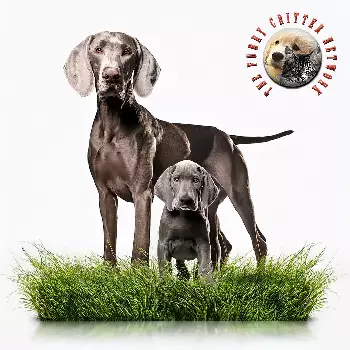The Grey Ghost exhibits a complex and sophisticated behavioral profile that reflects centuries of selective breeding for intelligence, hunting ability, and close human companionship. This breed's behavior is characterized by an intense desire to be involved in all aspects of their family's life, often described as having an almost human-like awareness of their surroundings and the emotions of their human companions. Understanding these behavioral traits is essential for anyone considering sharing their life with a Grey Ghost, as their needs and responses differ significantly from many other breeds.
Intelligence stands as perhaps the most defining behavioral characteristic of the Grey Ghost, with these dogs demonstrating problem-solving abilities and learning capacity that consistently impresses both owners and trainers. This intelligence manifests in their ability to read human body language and facial expressions with remarkable accuracy, anticipate their owner's needs and routines, and adapt their behavior based on environmental cues. However, this same intelligence can become problematic when the dog becomes bored or lacks sufficient mental stimulation, leading to creative but potentially destructive problem-solving behaviors.
The Grey Ghost's hunting heritage profoundly influences their behavior in domestic settings, with many displaying strong prey drive and pointing instincts even when never exposed to hunting situations. They may point at birds, squirrels, or other small animals during walks, freezing in the classic hunting pose that their ancestors used in the field. This prey drive can create challenges when living with cats or other small pets, requiring careful management and socialization from an early age to ensure peaceful coexistence.
Separation anxiety represents a significant behavioral concern for many Grey Ghost individuals, stemming from their intense bonding with their human family and their history as close working companions. These dogs often struggle when left alone for extended periods, potentially developing destructive behaviors, excessive vocalization, or escape attempts. Their strong desire to be included in family activities means they often follow their owners from room to room, earning them the nickname "velcro dogs" among enthusiasts who appreciate this devoted behavior.
Energy levels in the Grey Ghost are consistently high, particularly during their first few years of life, requiring substantial daily exercise and mental stimulation to maintain behavioral balance. Without adequate outlets for their energy, these dogs may develop behavioral problems such as excessive digging, chewing, jumping, or hyperactivity. Their exercise needs go beyond simple walking, often requiring activities that engage both their physical stamina and mental capabilities, such as running, swimming, retrieving games, or structured training sessions.
Social behavior in Grey Ghost dogs tends to be generally friendly and outgoing, though they may initially be reserved with strangers until they assess the situation. Once they determine that a new person poses no threat, they typically become warm and welcoming, sometimes overly enthusiastic in their greetings. Their size and energy can make their friendly advances overwhelming for small children or elderly individuals, requiring training to manage their exuberant social interactions appropriately.
The Grey Ghost's vocal behavior varies among individuals, but many are quite expressive, using different barks, whines, and vocalizations to communicate various needs and emotions. They often develop a sophisticated vocabulary of sounds that experienced owners learn to interpret, from the excited bark that announces visitors to the subtle whine that indicates a need to go outside. Some individuals may howl when excited or when hearing certain sounds, a behavior that harks back to their hunting heritage.
Training responses in Grey Ghost dogs reflect their intelligence and eagerness to please, but also reveal their independent thinking and occasional stubbornness. They learn quickly when motivated and engaged, often mastering complex commands and sequences with relatively few repetitions. However, they may choose not to comply with commands they perceive as unnecessary or unreasonable, requiring training approaches that emphasize positive motivation rather than force or intimidation.
Territorial behavior in the Grey Ghost is generally moderate, with most individuals being alert to strangers approaching their property but not aggressively protective. They make excellent watchdogs due to their alertness and tendency to bark when someone approaches, but they are more likely to greet intruders with enthusiasm than aggression once they enter the property. This behavior makes them unsuitable as guard dogs but excellent as family companions who will alert to potential issues without creating liability concerns.
Seasonal behavioral changes may be observed in some Grey Ghost individuals, particularly those with strong hunting instincts, who may become more alert and energetic during traditional hunting seasons. These dogs may display increased interest in outdoor activities, heightened alertness to wildlife, and greater restlessness during periods when their ancestors would have been most active in the field. Understanding and accommodating these natural behavioral rhythms can help owners provide appropriate outlets for their dog's changing needs throughout the year.

